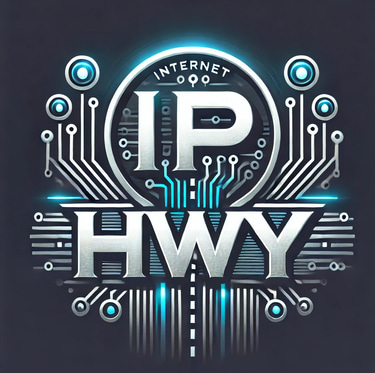Cybersecurity in 2025... Key Challenges and Trends from the Front Lines
Jim Leone
4/6/20252 min read
As a Security Operations Center (SOC) manager who also collaborates daily with the Network Operations Center (NOC) and IT teams, I see firsthand how the cybersecurity threat landscape is evolving. 2025 is shaping up to be a pivotal year for defenders, and whether you're managing alerts, overseeing EDR and SIEM platforms, or guiding strategic policy, staying ahead of trends is mission-critical.
Here are the key cybersecurity challenges I believe every organization should be paying close attention to right now.
1. AI vs. AI: The New Cyber Arms Race
Artificial intelligence is now a double-edged sword in cybersecurity. Adversaries are deploying AI to automate reconnaissance, craft near-perfect phishing campaigns, and slip past behavioral defenses. On the defense side, SOCs like mine are adopting AI for rapid anomaly detection, enrichment, and automated triage.
The challenge? Not just keeping pace, but ensuring our AI models are accurate, transparent, and secure from adversarial tampering. For NOC/SOC convergence, this means aligning AI tools across both teams for shared visibility and response.
2. Quantum Readiness is No Longer Optional
Quantum computing might not be cracking encryption today, but it's not as far off as it once seemed. Governments and large enterprises are already testing post-quantum cryptography (PQC) solutions to prepare for “Q-Day,” the hypothetical moment when quantum systems render current encryption obsolete.
SOC leaders should begin evaluating their cryptographic dependencies and work with IT leadership to incorporate quantum-safe algorithms into long-term planning.
3. Ransomware 3.0: The Evolution of Extortion
Ransomware attacks are no longer just about file encryption. In 2025, we’re seeing double, triple, and even quadruple extortion, where attackers steal data, threaten exposure, encrypt cloud assets, and pressure third parties.
Some threat actors are now using deepfake voice and video to socially engineer executives. This raises the bar for identity verification, insider threat detection, and zero trust adoption.
At the SOC level, this reinforces the need for layered defense, playbook automation, and continuous monitoring of backup integrity.
4. Next-Gen DDoS and Multi-Vector Assaults
DDoS is back, and more dangerous than ever. With IoT-powered botnets and smarter traffic routing, modern DDoS attacks are harder to detect and quicker to deploy. Many are coupled with ransomware or staged to distract while data exfiltration occurs elsewhere.
For those of us in hybrid SOC/NOC environments, cross-department coordination is essential. NOC teams need to detect the flood; SOC teams must investigate whether it’s a smokescreen.
5. SaaS Sprawl and Shadow IT Chaos
The explosion of SaaS apps and remote work tools has created massive blind spots for security teams. Shadow IT is alive and well, and it’s often the weakest link in a zero-trust model.
SOC teams must work closely with IT and compliance to implement identity-first security, enforce MFA, and utilize Cloud Security Posture Management (CSPM) to maintain visibility and control.
6. The Cyber Talent Crisis Deepens
Despite increasing budgets, the talent gap in cybersecurity continues to grow. Even with my SOC team’s strong capabilities, it’s clear we can’t rely solely on staffing to keep up.
That’s why strategic automation, MDR augmentation, and consistent upskilling are at the heart of our strategy. We’re focusing on building a resilient, adaptable team, one that can pivot with evolving threats and work seamlessly across departments.
My Final Thoughts from the SOC Floor
From the integration of AI to the emergence of quantum risks, the pace of change in cybersecurity is staggering. As a SOC leader with deep experience in IT and NOC operations, I firmly believe collaboration, context-sharing, and strategic automation are our best tools in this fight.
Let’s stop treating security as a silo and start treating it like the connective tissue it truly is, linking operations, intelligence, and resilience together.
Stay safe. Stay informed. And as always, stay ready
The IP HighWay
Stay updated with the latest IT security news.
info@iphwy.com
© 2025. IPHwy LLC. All rights reserved.



